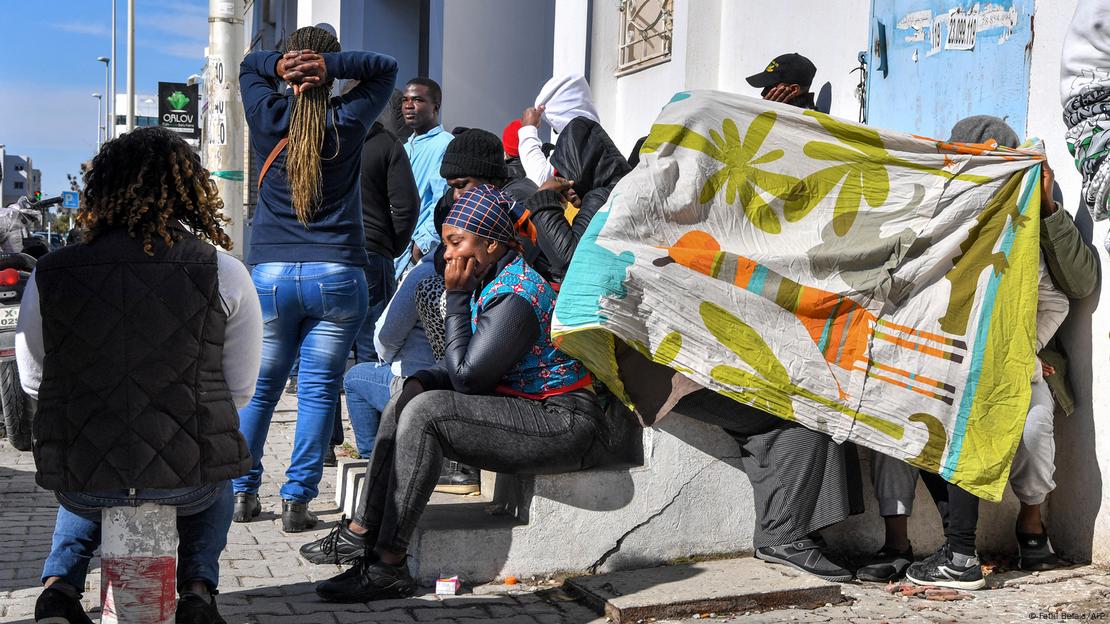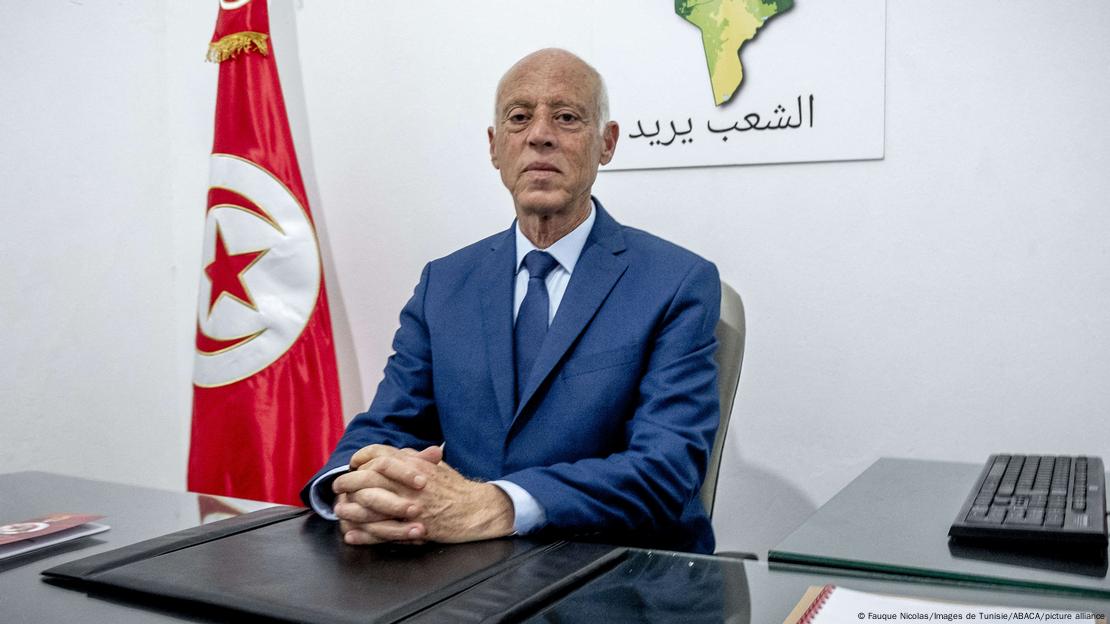A Fiction of War
To continue its genocide Israel must first convince the world that it is fighting a war. It targets civilians and claims they are “human shields” who have become collateral damage. It leaves Palestinians with no choices, demanding of them the impossible, and then claims that they are choosing war. Israel simulates war to commit genocide.
The “thinking” behind Israel’s tactics of genocide in Gaza is not directly practical. In practical terms it would be easier to simply name a “final solution” of extermination and work from that basis. Yet the current modalities of genocide are crucial in creating a fiction of war, a lie that the one-sided violence of genocide is warfare in the sense characterised by Clausewitz as being “policy carried out by other means”, which is often quoted with the word “policy” replaced by “diplomacy”. In the case of Israel we can also say that diplomacy is genocide carried out by other means. Israeli diplomacy invariably aims to create the fiction of war – a sense that the violence inflicted by Israel is a form of two-sided “conflict” rather than the one-sided murder that it is.
None of this is without precedent. Genocide is always a process, not an event. Colonial genocides in particular are seen at the time as a series of asymmetric wars, each treated by the aggressor as having separate causes and aims.
The most complete sequence of colonial genocide can be seen over the centuries violent expansion by the English, then British, then USA killing and dispossessing the indigenous people of what is now the continental USA. This genocide (or these genocides) began as discrete events of massacre and warfare, becoming increasingly more asymmetric. Treaties and interregna of “peace” became means of ethnic cleansing and periods of “[d]eliberately inflicting on the group conditions of life calculated to bring about its physical destruction in whole or in part” (a punishable act of genocide as described in the UN Convention on the Prevention and Punishment of the Crime of Genocide). Through this time clearly genocidal non-warfare acts such the slaughter of bison and the promulgation of genocidal ideology were ongoing. The genocide grew in sophistication as it moved West, reaching California as a combination of bureaucratised and systematic mass-murder that would be a direct inspiration for Adolf Hitler’s genocidal policies.
When the victims are reduced to a tiny fraction of the original population with an even tinier fraction of the dominion that they once held the genocide does not end. Genocidal policies enter new phases. Some tribes are declared extinct so that survivors have no recognised identity nor historical claim against dispossession. Children are taken then sent to residential schools to “kill the Indian, and save the man” (frequently without achieving the latter). Other policies aim to destroy languages and other foundations of cultural identity. This leads to the last phase, that of assimilating the remnants. This phase is perhaps better exemplified in Aotearoa, Canada and Australia but is broadly indicative of the sequence of genocide in the US. In the last phase the surviving population is inducted at the bottom of the class system. The systems of class oppression are used on them as inherited from British class society, but enhanced by a racial element into “structural racism”. In this phase (which may still be considered genocidal) state instruments of coercion fall unevenly on the remaining indigenous population. Ideologically, like the lower classes, it is made to seem natural that they would need to be subject to greater surveillance, control and correction by the state. This expresses itself through the violence of policing and criminal justice and through the violent and prescriptive aspects of the state “welfare” apparatus. One indication that this can legitimately be thought of as genocide is the sobering fact, for example, that more Canadian indigenous children are taken from parents now by the state than were taken at the height of the acknowledged “genocide” enacted through the residential school system.
I have gone on this digression regarding genocide in the US because it is such a comprehensive example of genocide. It is not only complete but it is fractal, such that different pieces can be carved out and will still show much the same thing an a smaller scale in time and space. The elements of genocide tend to follow a progression, but when one modality is to the fore it does not mean that others are absent. This is true of the genocide against Palestinians which is expressed differently for Palestinians in Gaza, those in Areas A, B, and C of occupied West Bank and East Jerusalem, and those Palestinians who are citizens of Israel. All of the elements of colonial genocide that I have described are there.
The dominant modality or idiom of genocide against Palestinians we see at the moment is akin to that of nineteenth century California such as described in Benjamin Madley’s eye-opening 2017 book An American Genocide: The United States and the California Indian Catastrophe, 1846-1873. The most obvious differences come from the vastly expanded capabilities that technology gives the state of Israel, but the basic structure is the same – the maximum amount of surveillance, control and categorisation juxtaposed with systematic mass killing. The killing can be linked to open espousal of extermination by some elements of the Israeli state (military, government, capital and ideological/media) but the exterminatory nature is deniable in that it is not implemented in a direct comprehensive manner. The logic of extermination is there in the totalising nature of the choice of whom to kill. Though Israel often effects genocide by eliminating crucial people, such as medical or educational staff, we have ample evidence now that on the whole Israel’s violence is aimed at all Palestinians as such. The fact that there is no “final solution” does not mean that it is not a process of extermination. Over time, however, if not ended this genocide will follow the same path that other colonial genocides have followed, destroying Palestinians as such. If the current upsurge in genocidal violence becomes a new norm (like Operation Cast Lead which became a precedent for systematic mass-murder carried out with impunity) then Palestinians will effectively be cleansed from the occupied territories in one or two decades at most.
This genocidal slaughter is all underwritten by fake peace processes, the fake “two-state solution” and a form of diplomacy that (as I already stated) amounts to genocide carried out by other means. In the recently published What Does Israel Fear from Palestine? author Raja Shehadeh tells of personally attending a fake peace conference at which he was scolded for calling the occupied territories “occupied”. Shehadeh concludes that “[r]eal peace would mean a reconfiguration of the myth….” A peaceful democratic Jewish state is no longer possible and the actual apartheid state that exists cannot and could never survive without conflict.
Fake “peace” diplomacy is in fact conflict diplomacy designed to ensure that a plausible state of conflict always exists as cover for a genocidal process (which has a clear direction of travel along a road towards total erasure of Palestinians as such from the occupied Palestinian territories). I have referred to this as Israeli diplomacy, but in truth it is US diplomacy also. The Oslo process was designed by the US and it led to an impossible situation for Palestinians. There was literally nothing real that they could concede in return for peace and statehood, but Israel was able to create and maintain a façade of making demands for security. It is a paper-thin pretence that is completely belied by their settlement activities and much else besides. There is no legitimate reason why the US would accept any of this if they were at all invested in the “Oslo process”, the “peace process”, or the “roadmap for peace”. On the contrary, the US spent decades repeatedly insisting that “final status issues” (i.e. those that actually lead to peace) are an exclusively bilateral concern and did not shift that position as Israel systematically and ostentatiously made any promised resolution impossible. The consistency of the US in this regard reveals the bad faith in which they drew up the parameters of this “peace process”. This means, ipso facto, that they are the knowing architects of the fake peace process, which is to say the permanent conflict process that is a crucial foundation of the ongoing genocide. Therefore, this is a US genocide.
It is by no means abnormal for those committing genocide to use a pretext of armed conflict as cover for their activities. When Lemkin invented the term genocide he stated that: “For the German occupying authorities war thus appears to offer the most appropriate occasion for carrying out their policy of genocide.” This sentiment seems to be echoed in the words of another person – Adolf Hitler (also, in a way, an authority on genocide). Hitler wrote: “This partisan war has its advantages as well. It gives us the opportunity to stamp out everything that stands against us.” As a rule, if armed conflict is serving as a pretext for another undeclared policy, that policy must certainly be genocide.
There are good reasons for believing that Israel cannot achieve its aims through genocide because the world has changed since similar colonial genocides succeeded. But that is only true if we make it true. Those people lost to historic genocides were almost voiceless, but the problem now is not voicelessness, it is deafness. The deafness of Western leaders and those of certain lackey countries. They cling to a malicious malevolent mendacious obtuseness. It is violent genocidal racism that hides behind specious arguments and a phony concern for Jewish safety. Central to all of this toxic hatred is the fiction of war – the pretence that a stateless impoverished people pose a threat to the 6th most powerful military in the world – a contention based on the racist notion that Palestinians reject peace because they have an irrational hatred that drives them to perpetuate a conflict in which they lose much more than their powerful enemies.
It is foul fascist nonsense, this victim-blaming fiction of war. There are no half-measures left to us in response. We need to drive the genocide supporters and genocide deniers off the air and out of office. Moreover, the genocide will not end until Palestine is free. A ceasefire will not bring real peace, just a different phase of genocide. Only a single democratic state and an international commitment to reparation and stability will bring peace, justice and an end to genocide.












